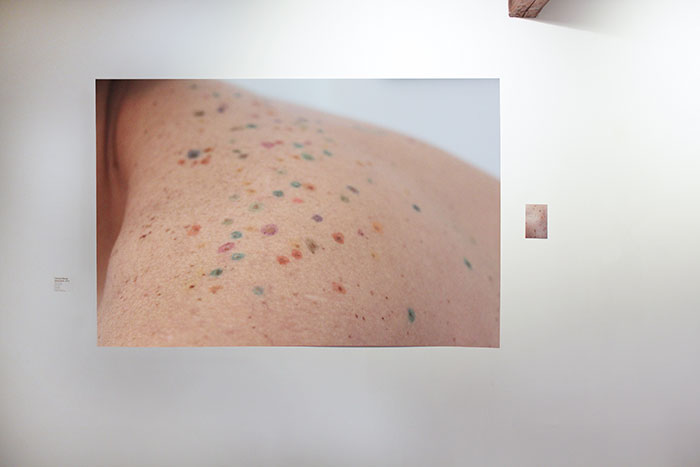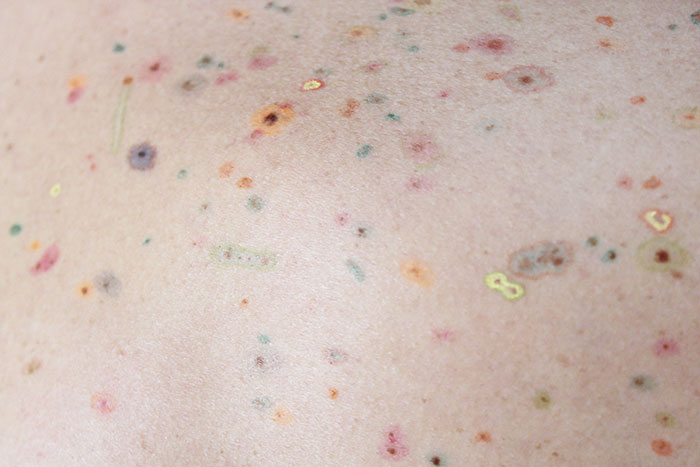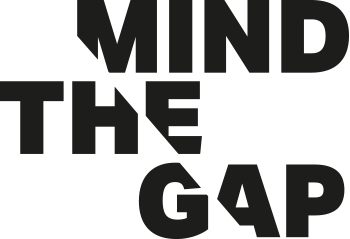Caterina Morigi (Ravenna, 1991) lives and works in Bologna. She studied Visual Arts at IUAV in Venezia and Arts Plastiques at Paris 8 – Saint Denis.
Morigi’s artistic research focuses on the variations of matter, by keeping the attention on the less evident aspects of the process, which are often hidden in his core. To approach the substance of things a closer look is needed, one that lingers on the effect of time on shapes, both on the surface and in depth. In her installations of sculptures and images, the artist reflects the visual analogies identified among the natural, human and mineral dimensions. Morigi uses these similarities and these subterranean intersections activated—as if they were karst springs—between art history and contemporaneity to describe the relationship between the human world and nature.
Morigi’s works are on display at the Museo Nazionale della Montagna in Turin within the exhibition Ecophilia, curated by Andrea Lerda; at Museo MamBO in Bologna for That’s IT – Sull’ultima generazione di artisti in Italia e a un metro e ottanta dal confine, curated by Lorenzo Balbi; at Villa Della Regina–Polo Museale del Piemonte and Mucho Mas! Artist-run space in Turin within the exhibition Caterina Morigi. Sincerità della materia – Honesty of Matter; at BACO-Base arte Contemporanea Odierna in Bergamo with Metafotografia; at Una Vetrina in Rome, with the project Res Non Naturales; at Video Sound Art Festival, Diurno hotel in Milan with Mine, curated by Laura Lamonea; at Archivio Casa Morra in Naples with the exhibition In sei atti; at Arte Fiera in Bologna with the project Artworks that ideas can buy, by Cesare Pietroiusti; at MAR in Ravenna with Pedagogia dello sguardo; at Fondazione Bevilacqua la Masa in Venice with Atelier 2015, curated by Rachele D’Osualdo.
Work on display
Trama, Venezia 2013
Inkjet print, two elements: 10×15 cm and 100×150 cm
All things have a protective surface. Even people have a casing—skin—over which prints are registered.
Human skin is a tangible stratification of signs that becomes a more and more complex image over time. In Trama (weave), Caterina Morigi acts by highlighting the imperfections present on the human surface, such as scars, spots, and moles. The two photographs are printed in different formats and shown side by side. The more detailed image comes in a small format while the blurred one is bigger: as with an impressionist artwork, one needs to observe the latter from a distance, while a closer look is required to appreciate the macro photograph.


